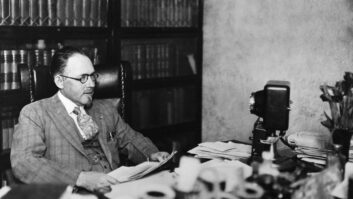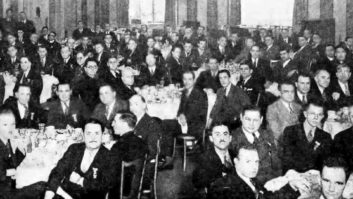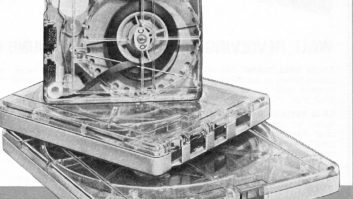This month many of us head for Las Vegas and the NAB Show. Hands down, it’s the biggest exhibition and conference in our profession (I also enjoy the IBC and some others, but stats don’t lie), and many of us make it the focus of our year’s activities.
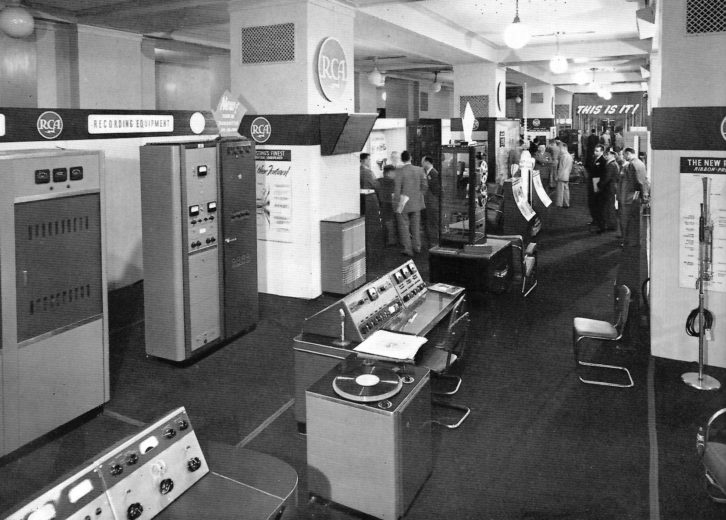
None of us like to admit to getting long in the tooth, but for a number of years now the Ross Video folks have been handing out lapel pins marking the number of NAB Shows the wearer has attended. These top out at 30 years and I received that one quite a few years ago! Actually, my first NAB — we didn’t call it the “NAB Show” then — was the last one in Washington (for a long time the show flip-flopped between Chicago and D.C.)
The year was 1977, the 55th time the show had been held. The city didn’t have a convention center then, and the NAB event was spread over three hotels with shuttle busses connecting attendees with exhibits and events. The thing was huge, at least from my perspective then. I’d seen my share of TV and radio gear before, but I was the proverbial kid in a candy store. I felt as if I’d died and gone straight to broadcast equipment heaven!
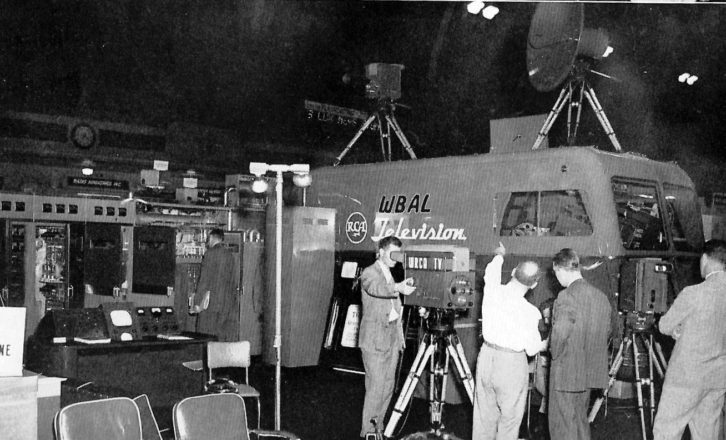
MY FIRST SHOW
So what was the NAB Show like almost 40 years ago?
For starters, far and away the largest exhibitors were Ampex and RCA (who?), as had been the case for a number of years. The really hot tickets in radio were solid-state transmitters and program automation. RCA was drawing crowds with their new 5 kW transistorized AM model and Harris was touting a 1 kW tubeless model, the MW-1.
Sintronic (remember them?) also brought a 1 kW AM solid-state machine and Cetec Sparta was at the show with both AM and FM solid-state models. (The AM rigs were available in your choice of 1, 2.5 and 5 kW.) Speaking of FM, Collins — by then a division of Rockwell International — brought along its new “Generation 4” FM transmitter lineup, and Harris spotlighted their latest exciter product, the MS-15. It featured “digitally-synthesized modulation” and claims of a “loudness boost” between 2 and 6 dB. Harris also introduced its “K” line of FM transmitters, available with outputs between 10 Watts and 40 kW.
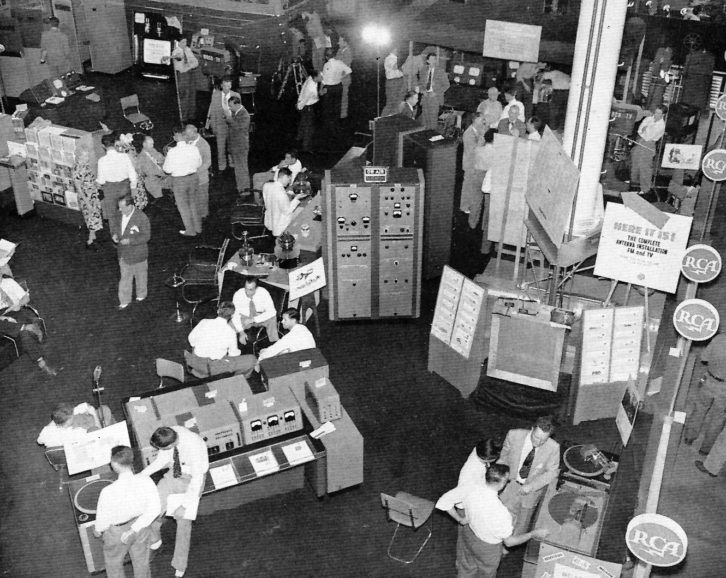
On the automation side of things, at least four players were at the show and their technology for taking human DJs out of the picture was attracting a lot of attention, even though the price tags were a bit frightening.
Cetec Schafer was there with its new Audiofile II system that could now accommodate 48 audio carts. IGM showed a system with considerably more capacity: 1,000 carts. Pacific Recorders was demonstrating the Cuerac system from Consolidated Electronic Industries, which sported an “automatic computer-controlled random-access library” that could accommodate as many as 2,500 carts. The basic unit came with a price tag of $60,000 (almost $235,000 in today’s dollars).
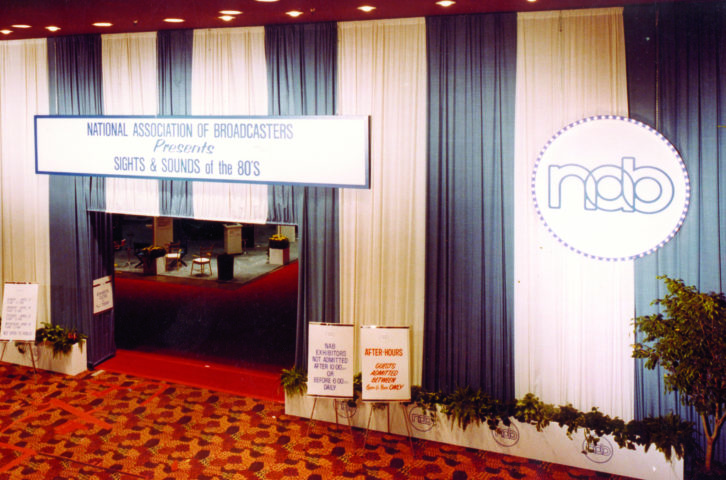
Not to be outdone, International Tapetronics showed a prototype system with automatic storing and accessing of tapes “to prevent human error.” It accommodated up to 1,024 carts and as many as 10,000 pre-programmed events. You could have one at your station for between $50,000 and $75,000.
[For More News on the NAB Show See Our NAB Show News Page]
Program automation was not the only sort offered at the show. Due to recently relaxed FCC rules it was now possible to automate transmitter operation (automatic logging and control). The jury was still out on this technology, but it could be had if you were bold enough to become an early adopter. Harris, TFT, Eric Small & Associates and CCA were all showing systems. Prices ranged from $3,500 to $15,000.
MEMORABLE IN OTHER WAYS
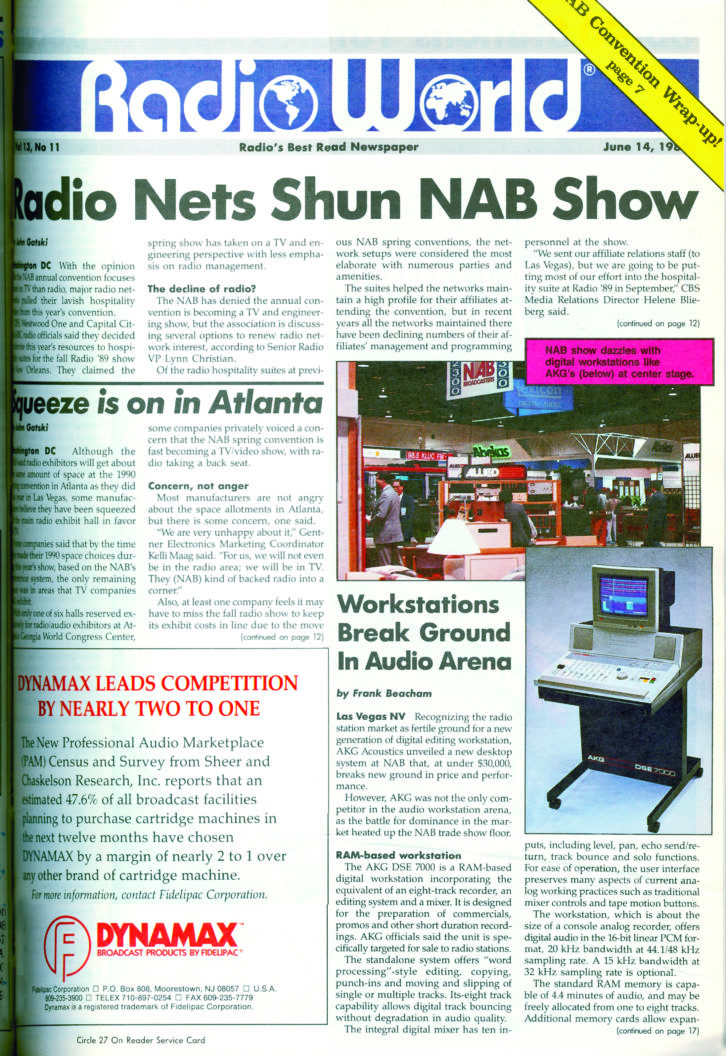
The 1977 show was not all sweetness and light, though. The nearly 13,000 attendees completely swamped Washington hostelry, with a good number of people unable to get rooms anywhere in the area at any cost.
As I recall, there was such an uproar over this that several attendees pulled out of NAB as a symbolic gesture. Although the NAB had already scheduled the 1978 show for Las Vegas, the organization went on record saying that it would never schedule a show in D.C. again until a convention center was built. (I was a local, living in northern Virginia, so this was a “commuting” NAB for me.) President Jimmy Carter, who was living just a few blocks from the activities, took some heat for not at least putting in a cameo appearance at the show. Vice President Walter Mondale did stop by, as did outgoing FCC Chair Richard Wiley; I didn’t get to see either of these gentlemen.
In case you’re wondering: No, the show has never returned to Washington.
After Vegas, it went on to play Dallas in 1979 and was held there for a number of years. I attended all of the Dallas NABs and remember them as great shows held at a convention center that could accommodate everything under one roof.
Unfortunately, the number of hotel rooms near the Dallas Convention Center were also woefully inadequate to accommodate the number of attendees, so it took 30 minutes or longer on shuttle buses for most of us to reach accommodations in outlying hotels and motels.
[Sign Up for Radio World’s SmartBrief Newsletter]
(Then-VTR king Ampex did score some points with attendees at one of the Dallas shows with bus rides, though. The television series “Dallas” was in full swing and the company organized an evening party at a working ranch somewhere on the outskirts of the city and bused scores, if not more, of invitees there to enjoy real Texas hospitality capped off with barbecue served from a chuck wagon. This was a real treat, especially for attendees who had never traveled to the U.S. before.)
THROUGH THE AGES FROM THE 1984 ARCHIVES
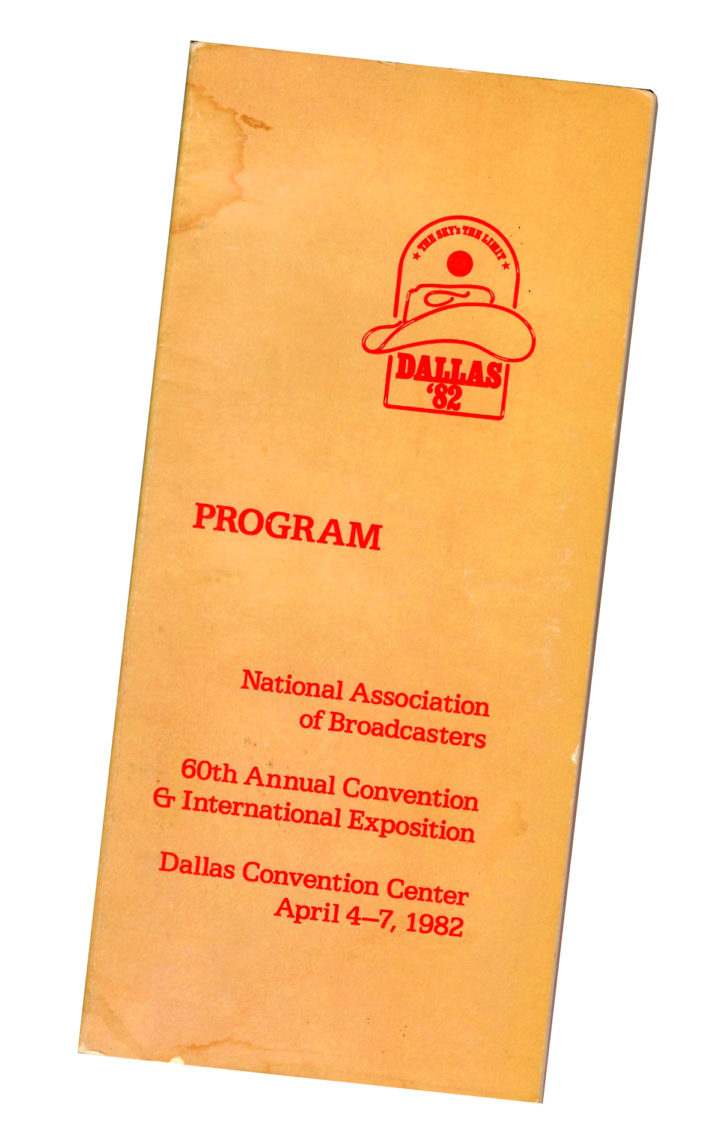
Reported in Radio World, April 15, 1984: “Engineers have longed viewed the annual NAB Convention as an electronic supermarket with a round of soft, esoteric engineering presentations on the side. But this year, according to NAB Senior VP of Engineering Tom Keller, the concurrent Engineering Conference will come into its own. ‘We’re expanding beyond a trade show up to a technical conference,’ Keller said. ‘That’s the level it should be for such a large show.”
Presentation titles at the 1984 show, according to Radio World at the time, included “Minimum Bandwidth High-Quality Digital Audio Transmission System Using DC-PCM” by Jerry LeBow of TMC Inc.; “Proposed Solution to the Channel 6/Educational FM Broadcast Interference Problem” by consultant Jules Cohen; “Using FM Subcarriers for Data” by Eric Small of Modulation Sciences; “Evaluating S/N Ratio Specifications for Audio Tape Machines” by Charlie Bates of ITC/3M Corp.; and “Use of Microprocessors for Monitoring, Control and Diagnostics of Transmitters: What to Expect” by Whit Smith of Harris Corp.
Other speakers included Wally Johnson, John Moseley, Bob Orban, John (Skip) Pizzi, Mark Durenberger, Bill Wisniewski, Ted Schober, Ralph Justus, Michael Rau and numerous other familiar engineering names.
Just for the record: The first-ever show (1923) was not held in Washington, but rather in New York; it arrived in the nation’s capital five years later. It played Chicago for the first time in 1936 and again the next year, but didn’t return again until 1943. The show moved around a lot during its early years. Venues played in the 1920s, ’30s and ’40s included Atlantic City, N.J.; Cleveland; Cincinnati; San Francisco; St. Louis; White Sulfur Springs, W.Va.; and even once in West Barden, Ind. (don’t ask me why).
The show alternated between Washington and Chicago starting in the early 1950s, with Los Angeles thrown in a couple of times during this era. It played Houston in 1974 and tried out Las Vegas for the first time the following year.
The NAB Show is at the top of the list for broadcast-related events during the calendar year. It’s an opportunity to check out all the latest equipment and technologies; a chance to sit in on informative engineering and other seminars; and for many of us who have been attending the show for a number of years, it’s an opportunity to meet with many, many old friends, some of whom have retired but still can’t get the coax and flashing lights out of our systems.
What are your memories of your first NAB Show? Let us now! Email [email protected].
